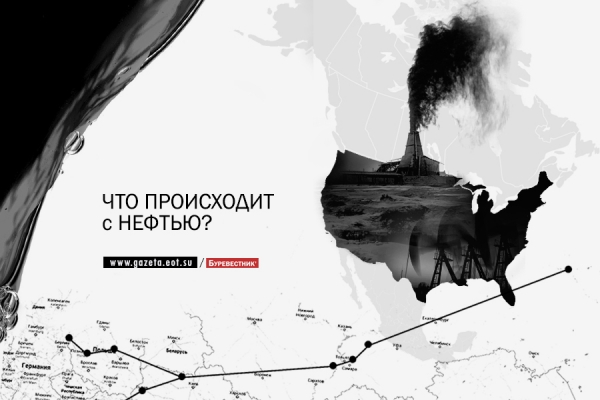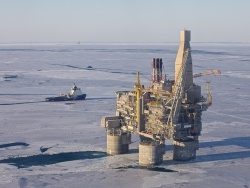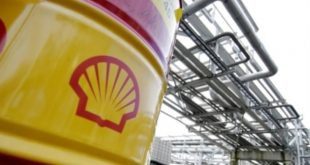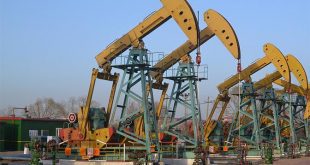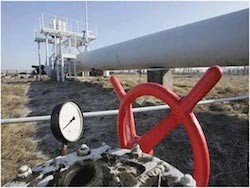
After 10 years of implementation of the shale revolution in the production of hydrocarbon fuels is possible to summarize the results of this process. Really important worldwide, though focusing in several North American States. The undisputed terms of the shale revolution in the United States steel the following facts:
Development technology based on the combination of horizontal drilling with multiple hydraulic fractures in horizontal layers.
Drilling work must be carried out in the mode of “Non Stop”, they require significant volumes of fresh water (up to 15,000 tons per well), sand and chemicals. Geology of the median of the States is distinguished by an abundance of shale deposits and the relatively small depth.
Typical life of shale wells is from a half to three years. Traditional hydrocarbons gushing from the ground for decades.
The principal technological improvements in shale production over the last 10 years never happened.
In the United States and Canada created by 2015 successfully operated a unique system of active continuous drilling, legislative and financial support (rent, loans, taxation, preferences, etc.). For example, in the U.S. in 2012 there were over 45,000 wells for oil and gas production. The rest of the world – less than 4.000! Accordingly, the number of drilling rigs in the U.S. greatly exceeded the global figures and reached 1.600 units operating.
Extracting natural gas from U.S. shale rock has increased seven-fold, from 54 billion m3 in 2008 to 320 billion m3 in 2014. Along with traditional deposits, this brought the U.S. into first place in the world in gas production – 729 billion cubic meters by the end of 2014.
Shale oil production in the U.S. increased from 0.5 to 4.5 million barrels per day – a nine-fold for the 10-year period. However, symmetrically decreased traditional oil production. The total flow of oil from American wells in 2015 was less than… in 1970, before the first oil price crisis! Oil production in the U.S. at its peak reached 9.5 million barrels per day (February 2016 – 9.15 million).
The decline in the price of natural gas in the US is absolutely not correlated with the cost of oil. Gas quotes in view of the apparent oversupply was reduced (tcm) with 341 $ 137 in 2007 to $ 2012. There followed a succession of bankruptcies, acquisitions and health improvement gas companies, the prices have increased, but the level of 200 $/m3 was not exceeded. Almost all of the mined in the U.S. natural gas and finds application. To foreign markets through the sea gas chrome went to single digits. While legislative obstacles are lifted in the past year, there are numerous terminals for LNG export facilities. But the occasional shipment of volatile fuel only with two LNG terminals under in advance concluded contracts.
Shale oil production has flourished, grew in breadth and actively used the potential of “Over $ 100 per barrel”. America has reduced oil imports to 7.5 million barrels per day, encouraging access to its market allies and satellites. The purchase of black gold in undemocratic Venezuela (2010-2013) have been reduced by 33 % and the acquisition thereof of a product in enlightened-tolerant Saudi Arabia and Kuwait increased by 17 %. The leader of the capitalist world still consumes twice as much oil as it produces. Despite using 80 % of available drilling rigs for oil 10 years ago, 80 % of drilling was used in the U.S. for natural gas production.
Since the summer of 2014, world oil prices went into a steep dive. For the considered 10-year period on a planetary scale only the U.S. revolutionary increased oil production from shale deposits. The OPEC countries refused to lose their market share. The market itself has not kept pace with increasing shale volumes, plus slowed growth in the Chinese economy. Under mass generation of conspiracy theories began forcing shale industry to extinction (as a maximum) or to stay on the margins of hydrocarbon (at least).
The extraction of traditional hydrocarbons more cost-effective freking several times. As hydraulic fracturing and horizontal directional drilling increases the cost per unit of produced fuel. There are various estimates of break-even oil shale – in a wide range they range from 35 to 120 $ per barrel. The extraction of conventional oil break-even at 5-35 $/barrel, with the exception of the offshore fields and deposits in the permafrost.
In six years of war, oil prices, shale production in the US has not lost. But have already lost to the drillers. The number of working drilling rigs with high of 1.600 pieces was reduced to 400. The American oil industry “keeps blow” due to the following factors:
– Hedging: insurance risks from the downturn in energy prices. The majority of the American mining companies were able to insure and to sell products at quite comfortable prices. For 2016 under the protective umbrella of hedging is less than 20 % of U.S. oil producers. By 2017, insurance will save the unit.
– Affordable loans with annual interest rate of less than 4 % per annum and the possibility of lending without compromising financial performance… at first. As understanding the long-term decline in oil prices courtesy of bankers inexorably slipping away. The term “restructuring” from the lips of the oil causes idiosyncrasy on wall street.
– Reducing the cost of shale oil production by optimizing costs. The reduction of staff, the development of infrastructure in the three main areas of development (Bakken, Permian and Eagle Ford), falling prices for equipment rental. In fat years, it was so in large numbers, storage easy worse use for a modest payment.
– Preservation of the oil flow provided the most powerful and promising well before the crisis have contributed the lion’s share in the achievements of the shale revolution.
Two years decline in oil prices executed in the summer of 2016.
By that time start to dry up a copious Deposit with the maximum profitability and the required number of new wells to naburili impossible for technical and financial reasons.
By the summer of 2016 us oil companies in shale areas is expected to return only for interest over $ 10 billion and tens of billions with account of the loan. The scale of fiscal oppression will persist for five years, until 2021.
Hundreds of oil companies in the USA have “junk” ratings, in 2015, 48 representatives of the industry went bankrupt. It did not prevent to pump the oil from operating wells – but this excluded the exploration and development of new shale deposits.
Investing in the future when the cost of a barrel below the breakeven point do not and the giants of this market.
By the summer of 2016 major players in the shale market, the commissioners of the revolution freking will begin treatment with hydrocarbon fields of battles. Hardly will be wishing to pick up their banners and standards. Too high the weight of the shaft and low income from the rustling of cloths…
The leaders of OPEC and other oil producing countries intend to suppress shale revolutionaries. Increasing its own production and holding the price of a barrel below 50 $. Technology frekinga will affect the entire global oil industry is most likely his “come back’a”.
Will the shale armored train to escape from the spare ways on the road to a new development depends not only on financial and economic factors and technological innovation. Country dislocation unprofitable trains has solid experience of fires in traditional oil fields.



